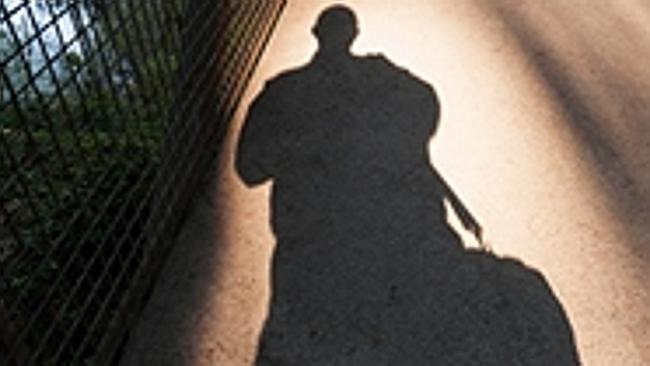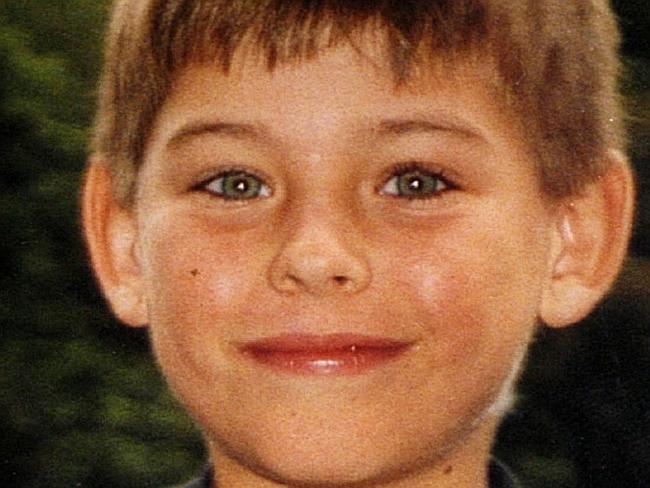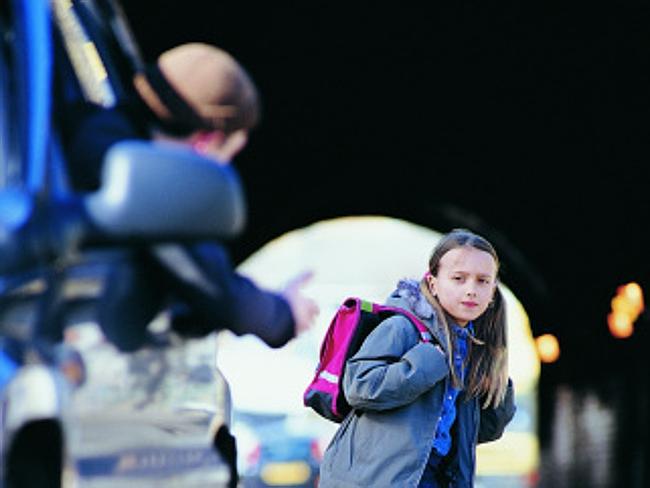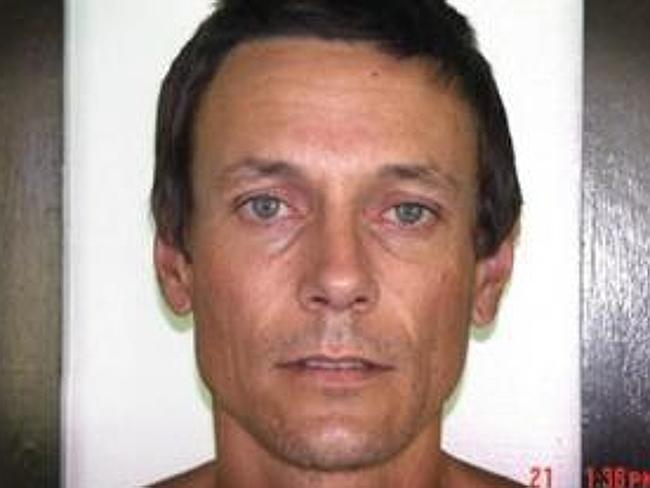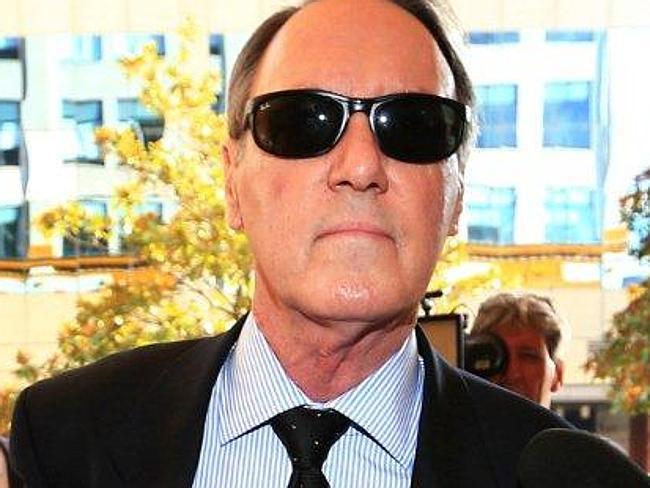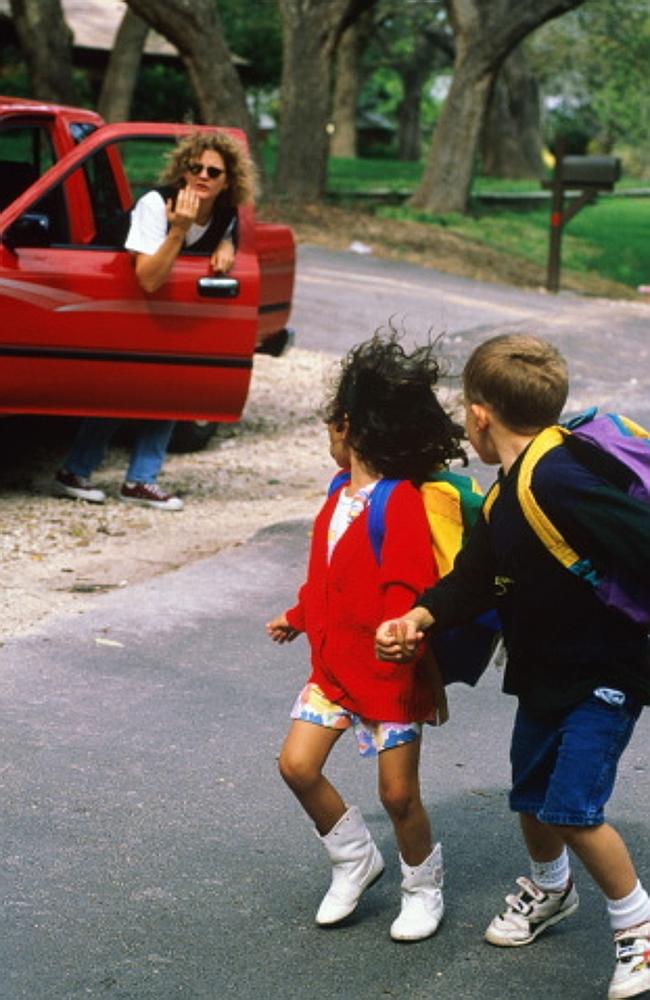|
Anxious and paranoid parents are making their children more vulnerable to sex offenders
news.com.au
PARENTS have become so anxious about their children being molested or abducted they could be making it easier for sex offenders to strike. That is the fear of some child safety advocates who are worried about ultra-protective parents and caregivers, and urging them to think carefully about the messages they are sending to their children. The Royal Commission into child sexual abuse, and crimes like the murder of Queensland 13-year-old Daniel Morcombe, means there has never been more attention on paedophiles and child sex offenders in our community. Everyone is looking over their shoulders and it seems no one is above suspicion — statistics show many offenders are the people closest to children, such as neighbours or a family member or friend. But too much paranoia that can counter what is really needed to keep children protected and informed. Criminologist Carol Ronken told news.com.au over protective parents could be doing more harm than good. “They’re actually making [kids] more vulnerable to abuse because they are less likely to be confident and to speak out,” she said. It’s almost as if society has lurched from one extreme — the days when “stranger danger” was drilled into children at school — to another, in which every person is the target of suspicion and fear. Ms Ronken said broad, general messages were better than what used to be taught about stranger danger and “men in trench coats on the corner.” “We can overreact and our anxiety and insecurity is picked up by our children.” She did not think the majority of parents had considered their behaviour was having the opposite effect to that intended. There’s no simple way to “abuse-proof children”, but Ms Ronken explained there were steps parents could take to help protect them. “It’s like explaining the road rules to be safe. You know you can’t guarantee they will be okay 100 per cent of the time.” The key is to install confidence in children so they are empowered without being constantly scared of people. “They will be less vulnerable if they are confident, not just with (potential threats) but also about speaking up if something does happen,” Ms Ronken said. “We need them to know nothing is so awful they can’t speak up about it.” There are five main messages young children should be taught about personal safety which could go some way to “abuse-proofing” children. 1. Good/bad touch 2. Saying no 3. Telling someone 4. Trusting your instincts 5. Trusting your parents will support you It was important to remember most adults are not a threat — but CHILD magazines editor Karen Miles said that becomes harder with people from all walks of life, from entertainers to church leaders, being found guilty of child sex crimes. “These people are put up on a pedestal and respected in the Australian community and have access to children.’’ As a result, it’s easy to see why parents are now so suspicious and paranoid. “You think you can trust them, and it makes you question who [in your own life] you know that you can trust. I don’t want to question my friends’ husbands.” Mrs Miles, who is a mother-of-two, said there had been marked decline in children taking part in after-school activities, including sleepovers, which was a reflection of the control nervous parents wanted to have for their own peace of mind. Parents today are dropping off kids and watching them walk into school buildings, as well as being there when the bell rang. “It’s full on.” She said most parents would say their children’s safety was paramount so were probably happy to take the risk and err on the side of caution, even if that meant there was a chance their overprotecting was actually doing more harm than good. “Our children’s passage into adolescence and adulthood is no longer a journey of adventure staked out in the local streets around your home where everybody knows their neighbours.” Police would not directly comment about what parents should teach their children but a spokesman said regular safety messages were released each time a child was approached and officers were looking for an offender. The best advice for children is about being prepared and knowing where to go to get help, always walking in busy areas and never getting into a vehicle with someone unknown to them. At the weekend police released new warnings about the latest wave of approaches to children by strangers. In one incident in Urunga, on the NSW north coast, a 15-year-old girl was asked to get into a man’s car when it pulled up beside her. An even more brazen attempt occurred at Cabramatta in Sydney’s west on Saturday when two 7-year-olds were approached by a man near a toilet block, even though one of their mothers was close by. An Australian Bureau of Statistics Personal Safety Survey found 11 per cent of abused children were victimised by strangers. The most likely abuser (about 30 per cent) was a male relative, not their father. There are varying reports of how many Australians have suffered sexual abuse as children. Some studies suggest 4 to 8 per cent of males and 7 to 12 per cent of females experience some form of sexual abuse, although the precise number could be higher as much sexual abuse goes unreported. For more information on how to protect children and advice go to bravehearts.org.au
|
.
Any original material on these pages is copyright © BishopAccountability.org 2004. Reproduce freely with attribution.
